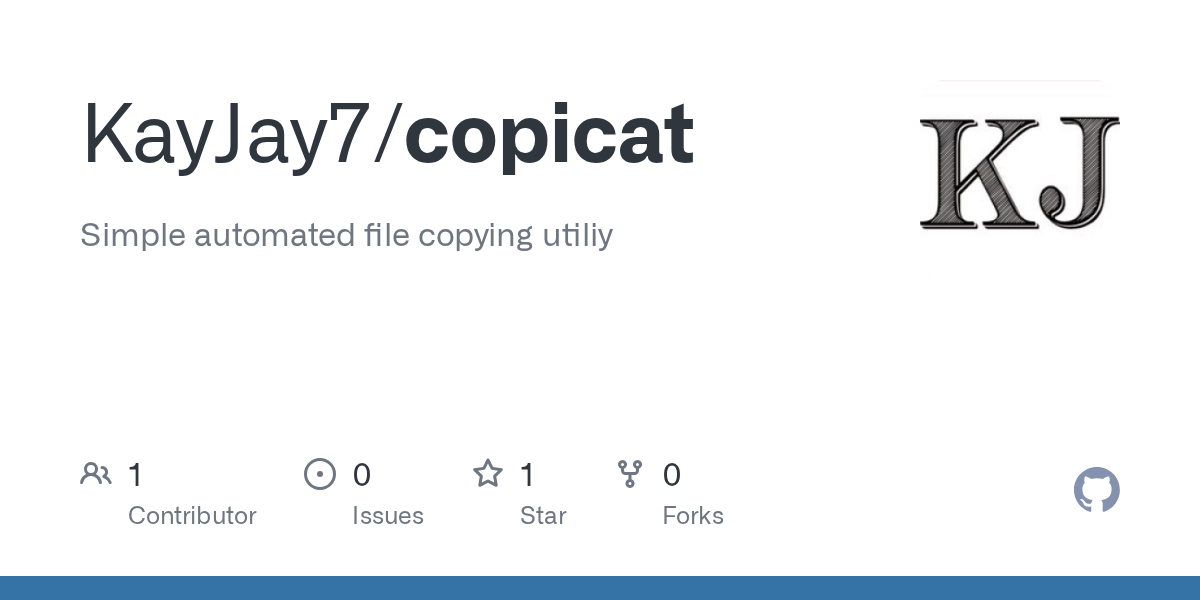Not today. I will not get distracted by horny posting…
- 11 Posts
- 211 Comments

 119·6 days ago
119·6 days agoFucking finally
I hope everyone else follows soon. If you like it when you are trying to open a link on a new tab and your system randomly decides to spew a selection from another app into a random text box you are free to configure that yourself. Remember to configure in a cilice wrapping your thigh while you are at it, it’s unix-compliant and has been around for centuries.

 52·6 days ago
52·6 days agoIt will hurt less disabled
First question: what’s your gender?
Second question: did you lie?
This was a one-off thing, not a rule

 4·15 days ago
4·15 days agoI’m in your same predicament. I think the long term path is to fuck ourselves until an Oracle comes to Faith Ekstrand (or another maintainer) in a dream and tells her how to make pascal work properly in nouveau. Or until the spirit of Christmas Past visits Jensen Huang.
I’m pretty sure no Italian ever said Garibaldi is coming, except in 1860 when he actually was coming. But you could say there weren’t any Italian at the time, as Italy was just made
Fun fact about Italian politics: in the Veneto region (where Venice is) the governor for the past 4 years was a super right wing guy (Zaia) that always won elections with like 90% in favour.
During his last term at some point he vouched in favour of opening a new sex change clinic in the region, bringing forth a lot of criticism from the right and his party. But this guy has a degree in agricultural science, and at a Press conference he started an argument about biology and how sex is not always a clear cut and things aren’t that simple in the real world.
Then everyone started joking about how maybe he was about to come out as leftist, and he had to clarify “no guys, I’m not leftist, I just need to take care of everyone’s rights, I’m everyone’s governor, independently of gender or sexual identity”. Bear in mind that this is all coming from a guy that during the COVID pandemic said on live TV “of course it was the Chinese, we all saw them eating live rats” (direct quote, translated).
Anyway it was funny. The leader of his party (Salvini) instead said “I think they shouldn’t approve it, I for one will never need it” and the joke was that if he became governor and you got breast cancer that’s tough luck for you because Salvini will never need breast surgery.
Nah, you just want feet pics
Who would buy a transphobic Christmas card? Even if you are a conservative, what’s the point of a transphobic Christmas card, what does it have to do with festivity? Like, you gift it to friends and family and they go “oooooh, this is so hateful! merry Christmas!”
Go on wplace and guess from the drawings where they live. Apparently it’s full of femboys and furries where I live, but I haven’t found any yet
That’s also slower than most of the stuff you could come up with, it is so slow that there is no hyperoperation fast enough to describe it. There were other approaches that were almost worse though, like “the function is a switch-case that returns false by default. As complaint tickets are opened, more cases get added to the switch-case”
Please don’t do that, I was stupid when I wrote that. But still, in very dynamic languages like python or js everything is an object, including functions, so you can just do object stuff on them.
The implementation is not very exciting, I capture a variable in python. It could have been done more cleanly.

The proof is this. But, I could have made mistakes, it was many years ago.

Note that in python you’ll never be able to run
is_even(5)the stack cannot handle itEdit: daaaamn, that variable is ugly as hell. I would never do things like that now.
For a time on Reddit (some years ago when I still used it) there was a trend of finding the worst way of implementing
is_even(x: int) -> bool. My contribution to that was a function that ranAckerman(x,x)flipping a Boolean at every iteration, and check if it was true or false at the end.It works btw, I will find the proof later

 5·29 days ago
5·29 days agomy cheap ass salvaged speakers. I got them from a friend who got them from her father who got them from a school janitor who got them from a school that was throwing them out. Each of those step did some “repair”, until they got to me and my roommate, and we undid every previous “repair”. we are still using them
What did it say originally?







I did not, but it was a close call